How can I reuse or recycle pet food pouches?
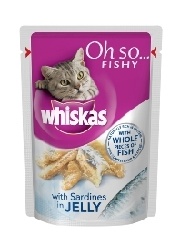 Our lovely old cat Boron has had the last of his teeth taken out this week – he’s always been prone to gum problems and while gummy, he seems happier now his mouth isn’t so inflamed.
Our lovely old cat Boron has had the last of his teeth taken out this week – he’s always been prone to gum problems and while gummy, he seems happier now his mouth isn’t so inflamed.
Our vet says he might still be able to have dry food – which has made up the bulk of his diet for most of his life – but once he (Boron, not the vet) knows we’ll give him more wet food if it’s too painful/awkward for him to eat biscuits, I suspect he’ll made demands for that all the time.
When we had four cats, we used to feed them cat food from cans – a can per day between the four of them as a treat, alongside unlimited dry biscuits – but after losing two of them, cans were resulting in too much food waste and we had to switch onto pouches. It was a struggle for me, giving up easy-to-recycle cans in favour of annoying just-about-impossible pouches — a toss up between packaging waste and food waste.
Now Boron is going to be eating more wet food, we might be justified in moving back onto cans – or, sigh, we might just end up generating more pouches.
I’ve contacted a couple of cat food companies to see what they advise doing with the pouches – I’ll update this post when I hear back from them – but in the meantime, do you use pet food pouches?
Do you have any reuses or recycling ideas for them?



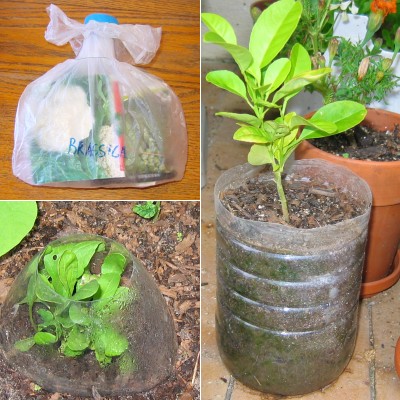
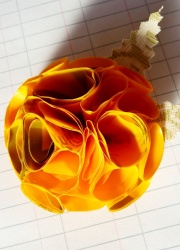
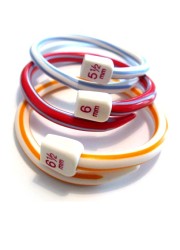
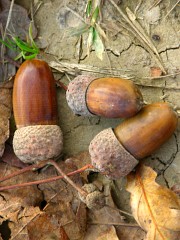 It’s possibly getting a bit late in the year for this one but I kept forgetting to post it earlier in the autumn ;)
It’s possibly getting a bit late in the year for this one but I kept forgetting to post it earlier in the autumn ;) Tonight is Guy Fawkes Night in the UK – also known as Bonfire Night. Up and down the country, people will be setting fire to stacks of wood and sending millions of £££s up in smoke in firework form, just getting a short “ooh” and “aah” (and occasionally “arrgh!!”) in return.
Tonight is Guy Fawkes Night in the UK – also known as Bonfire Night. Up and down the country, people will be setting fire to stacks of wood and sending millions of £££s up in smoke in firework form, just getting a short “ooh” and “aah” (and occasionally “arrgh!!”) in return.














